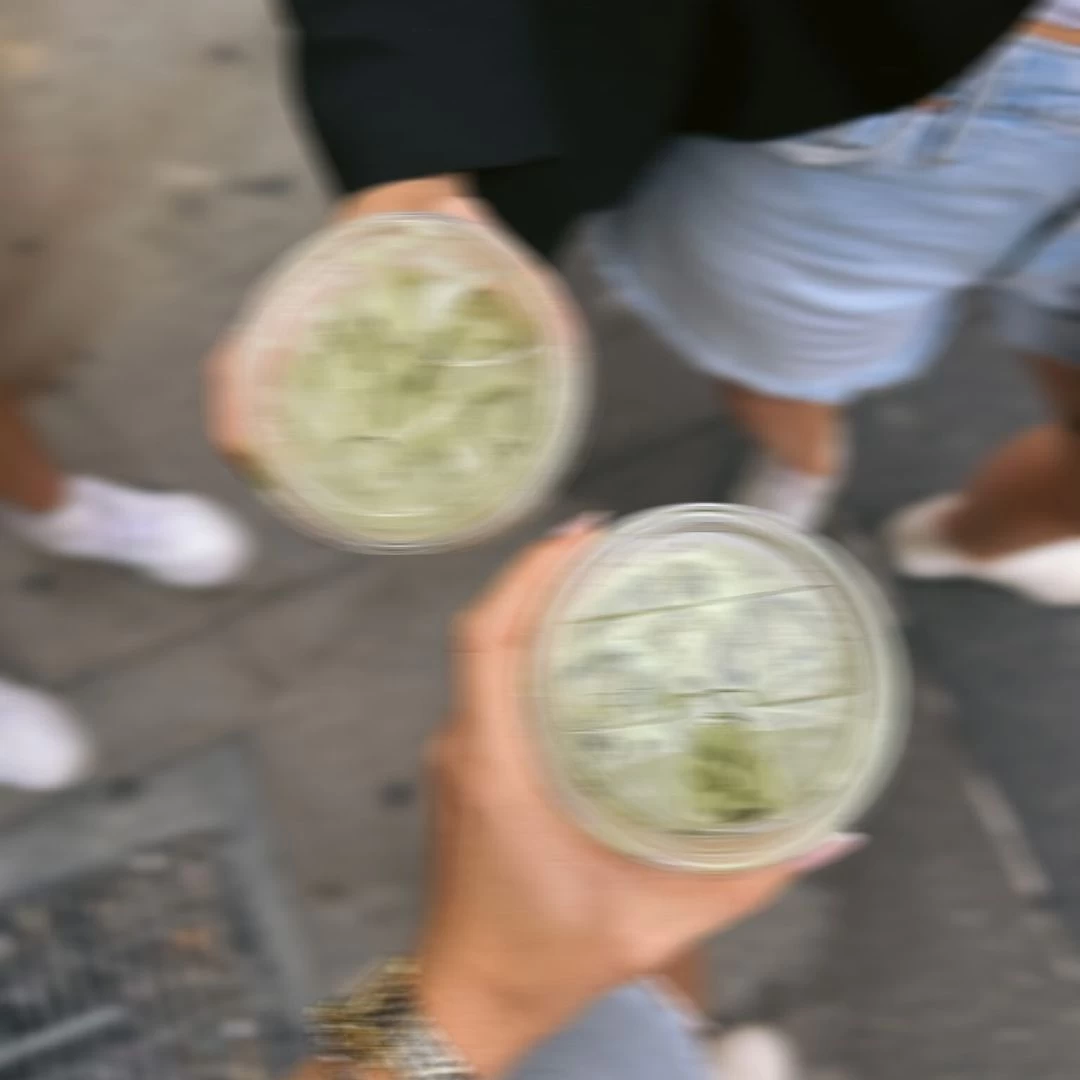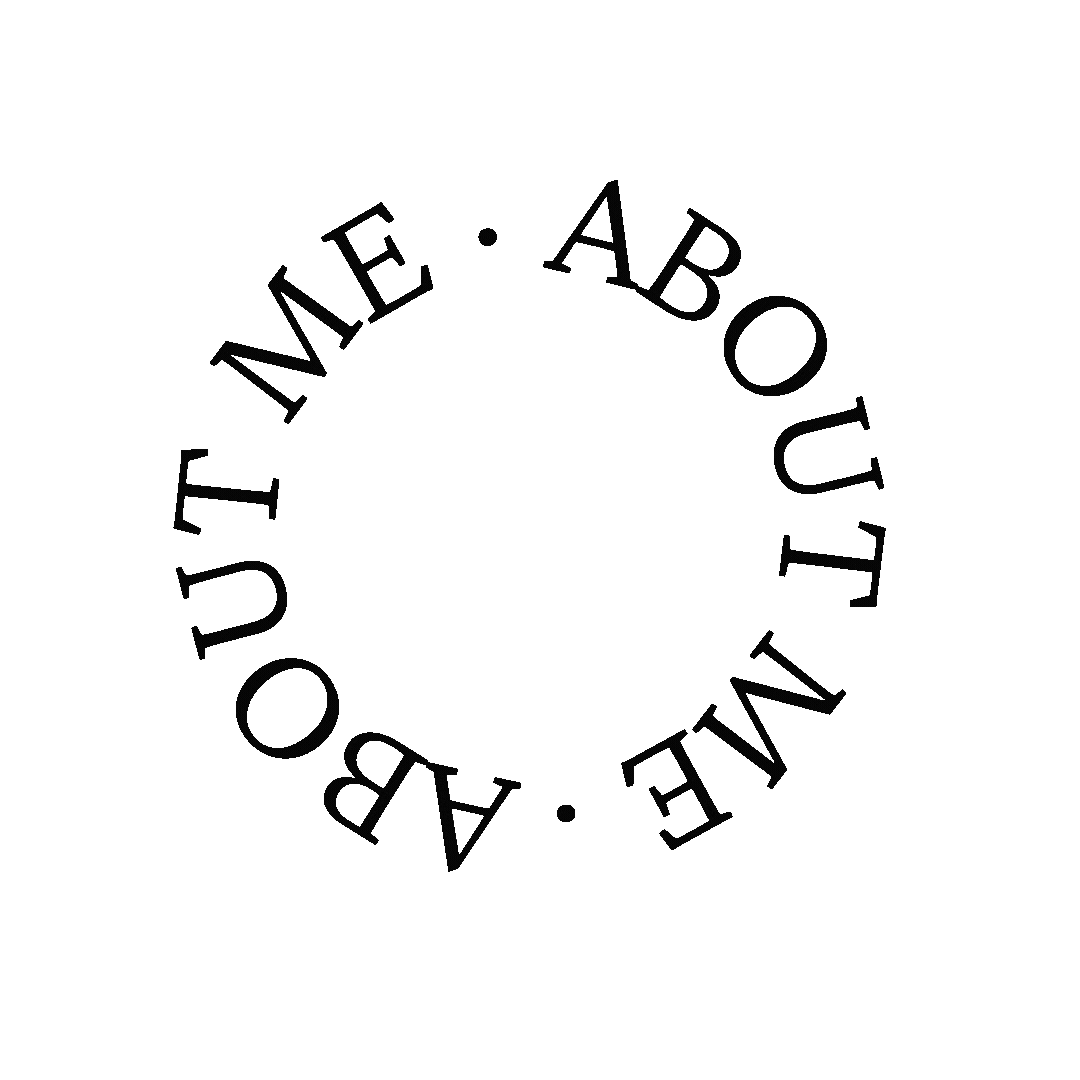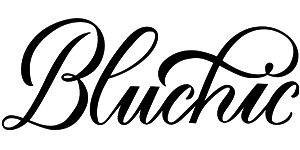Over the past few years, image optimization has become a critical component of modern SEO. Today, the majority of Google’s algorithm updates revolve around improving the quality and quantity of web pages and images that appear in the SERPs. This has led to a surge in the demand for in-depth knowledge of image optimization, especially for small businesses and startups that may not have the time or resources to dedicate to the topic. That said, if you want to rank higher in the long run, it’s worth the time and effort to learn how to optimize your images for SEO.

What is image optimization?
Image optimization is the process of optimizing your website images to reduce file size and improve load times.
Optimizing images means that you are reducing the file size and improving load times, which will also make your website faster. This can be done by removing unnecessary information such as metadata, reducing the number of colors in an image, changing image formats to a more lightweight format like JPEG, and converting images to a lower resolution.
Image optimization is not just about making your images smaller; it’s also about improving their quality. This can be done by reducing the number of colors in an image or changing its format to a more lightweight one like JPEG.
Why is image SEO so important?
Images are an important part of any website or blog, and optimizing your images for SEO and search engines like Google. Helps to ensure that your images are seen by as many people as possible. Image optimization you can make sure that your images are found by search engines and appear in Google image search. This can help to increase traffic to your website or blog, and can also help to improve your overall SEO and page load time. There are a few things that you can do to optimize your images for SEO, we’ll share ways on how you can make your site images SEO ready.
What are the best practices for optimizing images for SEO
In this section, we will discuss the basic requirements for optimizing images for SEO for search engine optimization. The first requirement is to make sure that the image has a descriptive file name. This is important because it helps search engines to understand what the image is about. For example, if you have an image of a coffee mug, then you should name it coffee-mug.jpg or coffee-mug-1.jpg.
If you don’t have a descriptive file name, then search engines like Google will use their best guess and your page’s description to try and understand what the image is about – which might not be accurate enough for image SEO. The second requirement is to make sure that your images are in high-quality and have image size of at least 1200×1200 pixels in size according to Google’s recommendations.
Why you should consider optimizing images for SEO if you’re a very active blogger or content creator
Images are an important part of content marketing and SEO. They can be used as a visual representation of an article and they can also be used to better illustrate a point. When it comes to blog content optimization, images are just as important as the text.
Images that have been optimized for SEO will have keywords in the file name, alt tags, and title tags. This is a great way to make sure that your images are being indexed by Google search engine crawlers and will be seen by more people on social media sites such as Facebook or Twitter.
How to optimize your images for SEO on mobile devices for search results
In order to rank higher in Google search results, it is important that your website images are responsive images on mobile too. Optimizing your images for SEO consists of a few steps. The first step is to make sure that the image size is not too small or too large.
Secondly, you need to use keywords in the title and the description of the image. Lastly, you should add alt text for your images so that they can be found more easily by people who are browsing with a screen reader or on a mobile device. It’s important for all websites to have mobile optimized images because Google will penalize websites that don’t have them.
Related post: The Best Google SEO Tools Every Blogger Should Use
8 Ways to optimize your Images for SEO
1. Resize your images
Images can be resized in a number of ways, depending on the file format and desired quality. For example, JPEGs can be compressed to reduce file size, while PNGs can be optimized for faster page load times by using image compression tools like Tinypng will help compress the file. Image quality may suffer when images are compressed or resized, so it’s important to choose the right file format and compression settings for your needs. WordPress, for example, offers several image optimization settings to help improve site speed and SEO.
2. Optimize image file names
For image SEO it’s important to choose the right file names for your image files. File names that are keyword rich and descriptive will help your images rank higher in search results and be more likely to show up in image searches. Be sure to include relevant keywords in your file names when you upload your images. In addition to file names, the ALT text and title tags for your images are important for image optimization.
The ALT text is the text that appears when you hover over an image on a website. This text should be keyword rich and describe what the image is. The title tag is the text that appears when you search for an image on a search engine. Again, this text should be keyword rich and describe the image.
Related post: How To Easily Update Squarespace Image Alt Text For Seo
3. Optimize the image title
When you upload an image to WordPress, you have the opportunity to optimize the image title. This is important for SEO because the image title becomes the file name and can be a keyword that helps people find your site. To optimize the image title, use a word that describes the image file and is relevant to your site. The image title is the text that appears when you hover over an image. It is important to optimize this text because it tells Google what the image is about, and therefore how relevant it is to your site. A good image title should be a word that describes the image and is relevant to your site.
4. Add image structured data
Adding image structured data to your website can help improve your website’s visibility in Google Image search results. By providing information about the images on your site, you can help Google index your images more accurately and display them more prominently in search results. This can be especially helpful for product images, as users often search for images of products before making a purchase.
5. Choose The Right Format
When you’re choosing a format for your images, there are a few things to consider. First, what file type do you need? JPEG and PNG are the most common, but there are others. Second, what’s the file size? Larger files take up more space and can be slower to load. Third, what’s the image quality? Higher quality images look better, but they also take up more space. Finally, how much compression do you need? More compression means a smaller file size, but it can also reduce image quality.
6. Create Unique Images
Creating unique images is important for SEO purposes, as large, high-quality images are more likely to rank higher in search engine results. However, stock images can also be optimized for SEO by adding keywords and descriptions.When selecting images for your website or blog, be sure to choose those with high-resolution and low file sizes. This will help to ensure that your images load quickly and do not bog down your website’s loading speed. Additionally, be sure to add keywords and descriptions to your images to help improve your website’s SEO.
7. Compress Your Images
Compressing your images can help improve your website’s page speed and search engine ranking. To compress an image, you can use a tool like Google’s Image Optimizer. This will reduce the file size of your image, making it easier to upload to your website or blog. It will also help to speed up the loading time of your pages, which is important for both search engine optimization and user experience.
8. Optimize Your Page Title & Description
To optimize your page title and description, you should first focus on your target keywords. Use these keywords throughout your title and description, and also make sure to include them in your image tags and structured data. This will help improve your images for SEO and ranking in image search results. In addition to using keywords, there are a few other things you can do to optimize your images for SEO. Use descriptive file names and alt tags, and make sure your images are the right size. Smaller images will load faster, which is important for users and for search engine crawlers. You can also use a CDN to serve your images, which can further improve loading times.
In conclusion, you have 3 seconds to capture the attention of your audience. With visuals, you can convey more information in less time. Effectively optimizing your images for SEO allows search engines to index images. Make your images optimized for search engines will help drive traffic and increase brand awareness. This is why it’s important to know how to properly optimize your images for SEO. When you do, you can improve your website’s ranking, click-through rate, and organic traffic. Not to mention, you can also make your site more visually appealing and user-friendly.





















Great tips!
Jennifer
Curated by Jennifer
Thanks so much Jennifer.